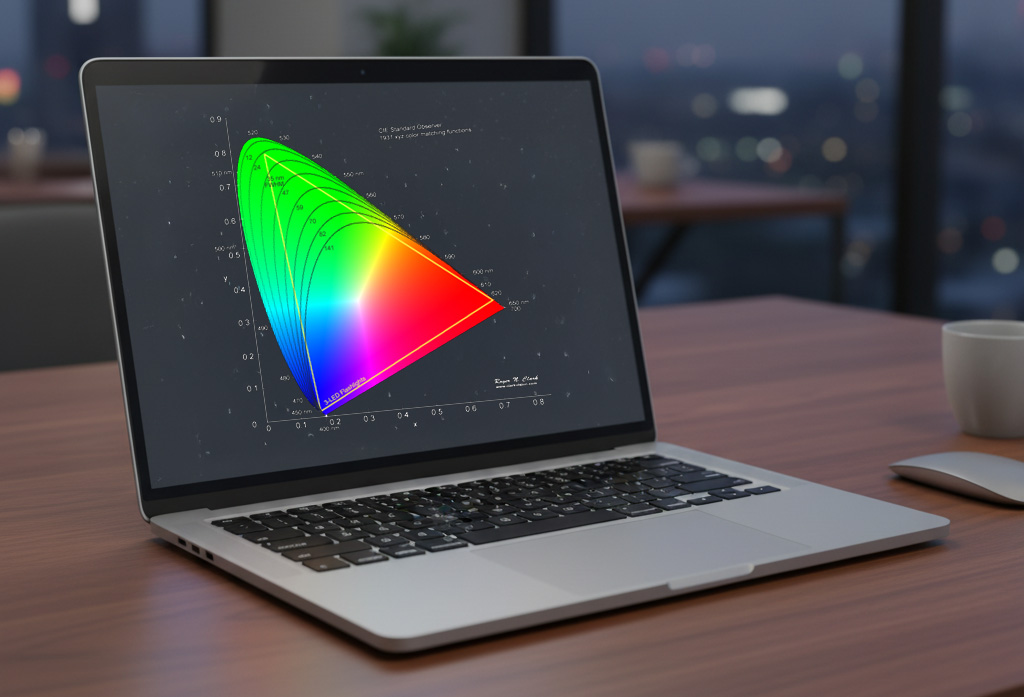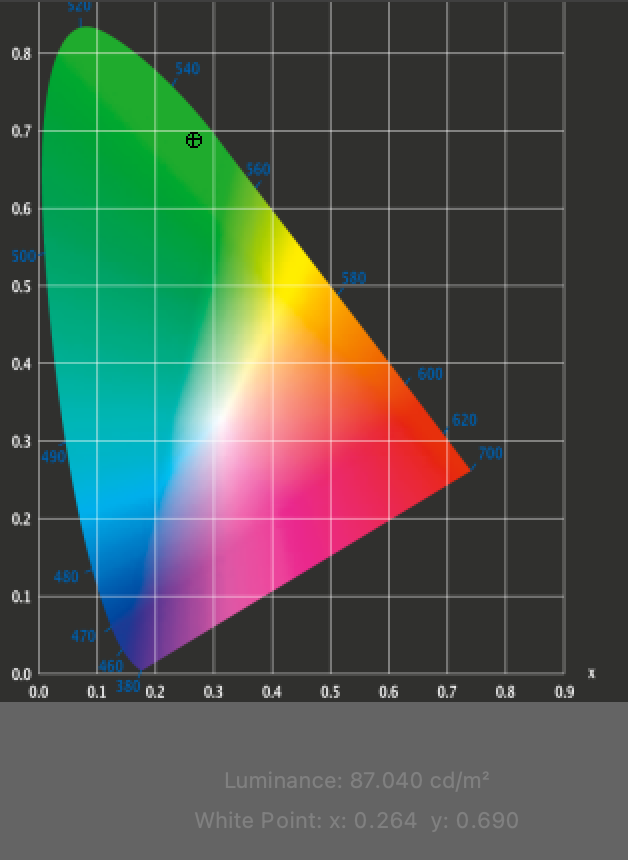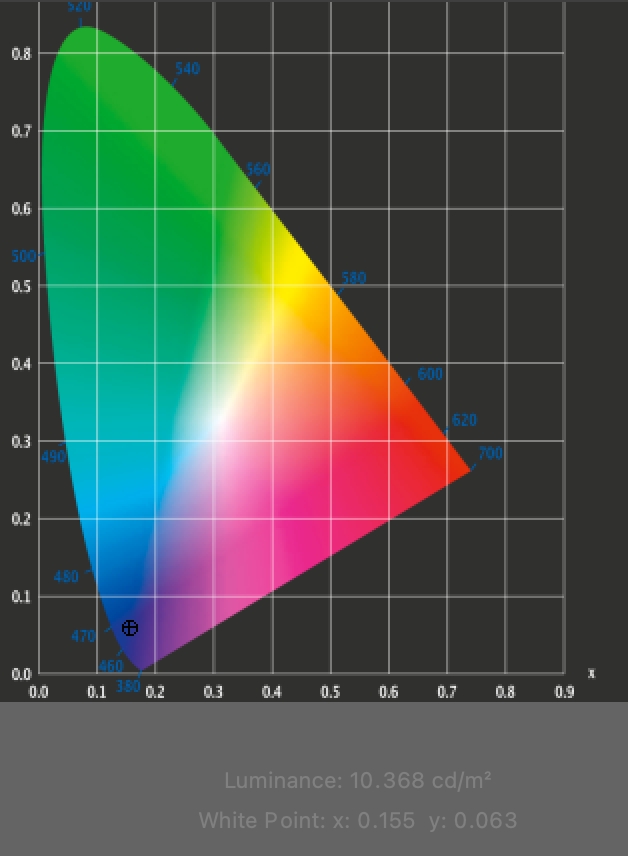Providing color‑critical work remotely often means shipping around hard drives and dealing with limited upload bandwidths. This is still the case with some “cloud collaboration” features included in professional software applications. Projects relying on large amounts of data and require tight deadlines, such as film/video productions, are especially affected. Color grading/finishing of a data-heavy film project. The findings and recommendations also fully apply to many other remote tasks requiring high color accuracy, such as graphics design or creative work with large RAW images.
DCV provides an attractive solution to bypass many of the stated limiting factors by outsourcing all processing to a remote host machine while streaming its output to another location in real time. Additionally, only the host workstation requires access to footage and visual assets.
In other words, the client system only needs to receive and decode the incoming video stream, so even modest hardware can be used for high‑end work if paired with suitable displays and a stable connection with enough bandwidth. From the user’s perspective, DCV works pretty much like having a monitor directly connected to the host GPU via an imaginary cable with global reach.

Color Accuracy Considerations
In a traditional grading or finishing suite, the output signal from the workstation to the reference monitor follows a known path. When working remotely, DCV becomes part of this critical signal chain and must therefore be configured properly to avoid issues such as unwanted ICC profiles, unexpected gamma and color shifts or uncontrolled color management.
DCV includes a high quality color accurate YUV 4:4:4 mode that bypasses video stream compression and chroma/luma subsampling.
ICC and Calibration Pitfalls
Besides enabling the YUV 4:4:4 mode, additional care when configuring host- and client-systems must be taken to avoid unwanted results. Compared to working on-site we now have to consider two separate machines (host workstation/server and client side computer). DCV directly captures the rendered GPU/CPU output of the host system and can be compared to reading from the frame buffer itself. DCV receives the same signal as a display locally connected to the host GPU.
Therefore, each machine can potentially transform and shift colors around through system-wide ICC profiles or GPU based color management features. If the client side operating system is also applying calibration profiles to the displayed image we end up with two calibration profiles chained after another leading to conflicts and color accuracy issues.
The most reliable approach to avoid and disable unwanted cascaded profiles is to keep the host machine free of system wide ICC profiles and other corrections affecting the display output. Any color transforms or calibration profiles can then be applied on the client side operating – either inside the operating system, a monitor with hardware calibration support or an external LUT box connected between the client-side video output and the monitor.
Hardware Calibration
When using a display with hardware calibration support or a LUT box, it is advisable to disable or reset all system‑wide profiles on both ends of the connection. This ensures that the hardware calibration is the sole factor shaping the displayed image.
Measuring DCV’s Impact on Image and Color Accuracy
The following series of measurements were carried out to show the accuracy of the displayed content before and after passing through DCV.
Test setup
- Calibrated display matching P3 color space, gamma 2.4.
- Measurement device: i1Display pro with appropriate spectral corrections
- Test image files with color patches representing P3 primaries and a D65 white point.
- Initial baseline measurements taken locally without DCV in the signal chain.
- Measurements taken with DCV and color accurate YUV 4:4:4 mode enabled
Results




- With the configuration and hardware discussed above, no measurable shift in P3 primary chromaticities/luminance compared to baseline could be detected.
- White point chromaticity and luminance remained stable.
- No visible compression artifacts under the tested conditions.
These results show that DCV is a great solution to significantly optimize and simplify working with global talents on color critical tasks.
Summary
- Use YUV 4:4:4 mode (not “YUV lossless”) for best color accuracy.
- Keep host‑side color management disabled unless intentionally required.
- Apply calibration and profiling at the client end using software, hardware or LUT boxes.
YUV 4:4:4 mode setup guide:
https://www.ni-sp.com/knowledge-base/dcv-general/tips-and-tricks-windows/


